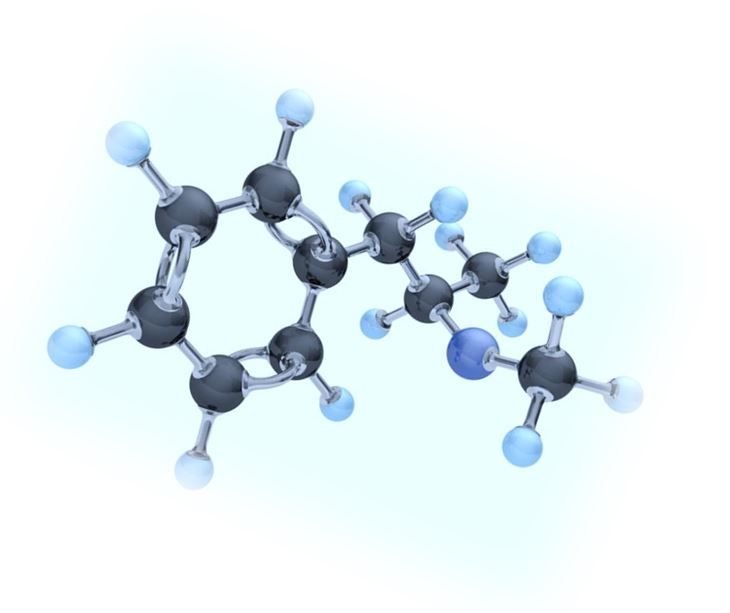Article
Methamphetamine-associated PAH: Features and Outcomes
Treating patients with methamphetamine-associated PAH presents unique challenges including the pros and cons of placing venous access ports.
©style-photography/Shutterstock.com

In epidemiologic cohorts, rates of idiopathic pulmonary arterial hypertension (iPAH) are higher among methamphetamine users compared with non-users. As a result, methamphetamines are considered a “likely” cause of drug-induced PAH. Despite this recognition, the clinical features and outcomes of patients with methamphetamine-associated PAH (Meth-PAH) have not been well described. To address this knowledge gap, Zamanian et al recently published a descriptive study of the largest Meth-PAH cohort to date, including clinical characteristics, hemodynamics, and survival data.
In the prospective cohort study, the investigators identified 90 incident cases of Meth-PAH and compared them with 97 patients with iPAH. The self-reported median exposure to methamphetamines in the Meth-PAH group was 60 months and 70% of the cohort reported daily use. Although of similar age, patients with Meth-PAH were less likely to be female (63% vs. 83%) and more likely to be non-Hispanic white (79% vs 53%). Patients with Meth-PAH had worse functional class at the time of presentation but similarly reduced 6-minute minute walk distance. The two groups had similar mean pulmonary pressure and pulmonary vascular resistance, but the Meth-PAH group had higher right atrial pressure and lower stroke volume index, suggesting compromise of right ventricular function.
On histopathologic specimens, Meth-PAH lungs had characteristic plexiform lesions similar to iPAH patients. Compliance with prescribed medical therapy for PAH was lower in Meth-PAH compared with iPAH (47% vs 60%) and intravenous prostacyclin analogs were less commonly prescribed to Meth-PAH patients, perhaps out of concern for abuse of easy venous access among active drug users. The median follow-up time was 47 months (IQR 20-87). The 5-year event-free (death, transplant, or PAH-related hospitalization) survival was 47% in Meth-PAH vs 65% in the iPAH group. After adjusting for age, sex, race, income, and time to prostacyclin use, Meth-PAH was associated with a two-fold increase in mortality (HR 2.04, 95%CI 1.28-3.25).
This report is an important addition to the literature because it demonstrates the burden of Meth-PAH in the community and its associated poor outcomes. This paper also highlights the challenges associated with treating Meth-PAH, including lower compliance and reluctance by physicians to use the most aggressive therapies, which require continuous venous access. Hemodynamic and echocardiographic data from this study suggest that methamphetamine exposure may have a negative effect on the right ventricle, which may contribute to worse outcomes.
The study’s main limitation is that findings from only a single center were reported. It is unknown whether the epidemiology and outcomes of Meth-PAH are similar in other parts of the US or world.
Reference: Zamanian RT, Hedlin H, Greuenwald P, et al. Features and outcomes of methamphetamine-associated pulmonary arterial hypertension. Am J Respir Crit Care Med. 2018;197:788-800.





